Concurrent sessions are the backbone of IAIA conferences — these are the 90-minute sessions taking place throughout the 3.5-day event. Sessions are hosted by session chairs, who submit their sessions for approval (just as presenters will later submit their abstracts for approval within those sessions). In addition to leading the session on-site, session chairs review abstracts submitted to their sessions and then create a session plan with the approved abstracts to include in the final program. They also communicate the session plan to the presenters and write a short report when the session ends.
The most common formats are paper sessions and panels — these are both useful and necessary, as they are where the bulk of abstract presentations will take place. But sprinkling in some creative session formats keeps participants engaged and thinking outside of the box. As IAIA conferences continue to grow and become more competitive, creative session formats are also more likely to catch the attention of the program committee during the selection process. See the full list of options below.
Theme Forums are larger than regular concurrent sessions but smaller than the opening/closing plenaries. Any session format can be a theme forum, but the proposal must include cross-cutting presentations and discussions that address the conference theme, bring together various aspects of impact assessment on a particular topic, and examine how those aspects apply to different sectors and issues. Final selection of theme forums is a competitive process; accepted theme forums are considered tentative and will not be confirmed for the final program until a final review by the Program Committee is conducted based on additional criteria provided by the session chair. (If not confirmed, it will be transitioned to a regular concurrent session.)
Determine whether your session will be:
Note some session formats have specific submission requirements; see below.
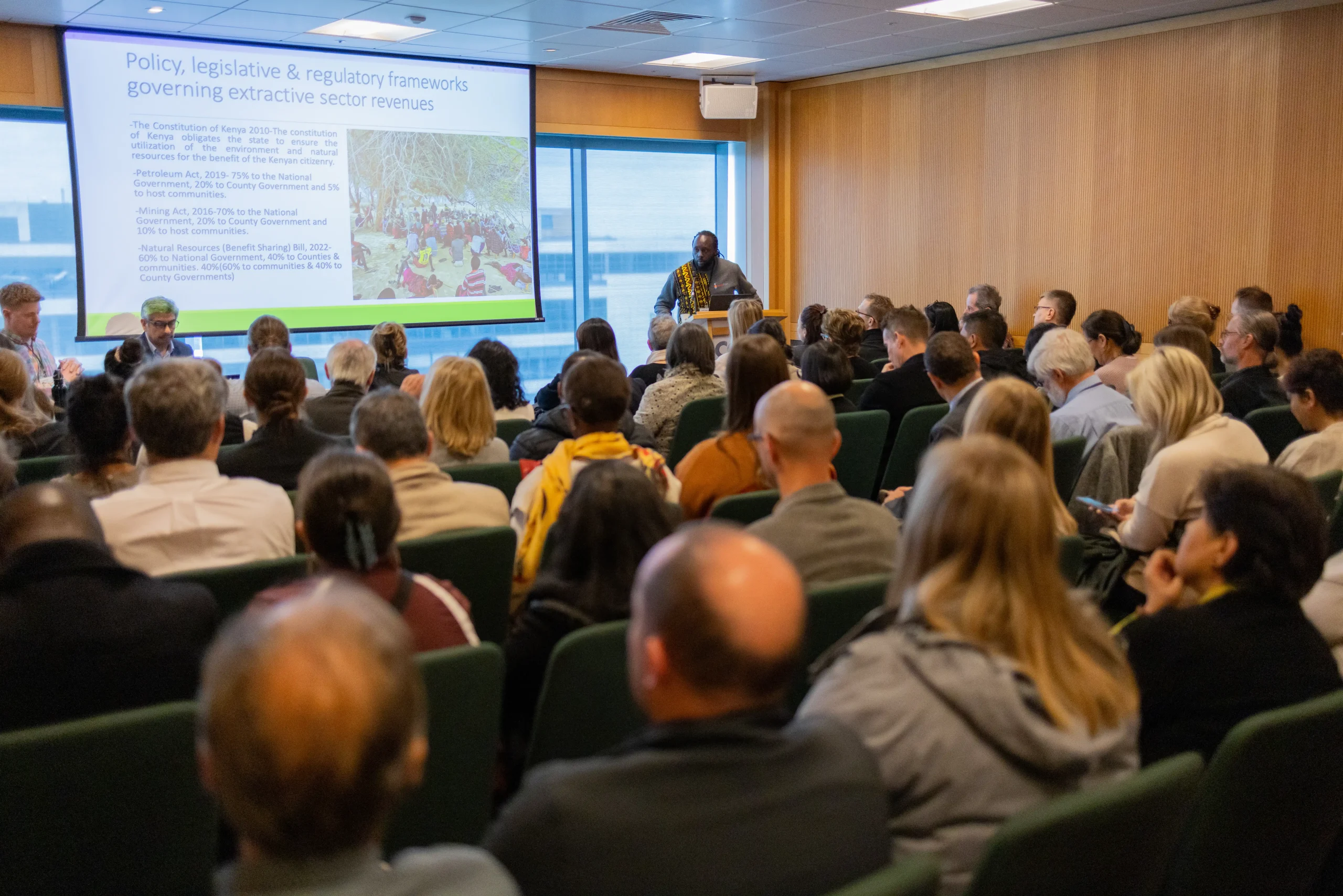
In this classic concurrent session style, authors orally present the findings of a paper or project. A paper session typically allows 4-5 presentations of 15-20 minutes each, including time for Q&A. The chair may also allocate time for general questions and open discussion following the presentations. [Open or By Invitation]
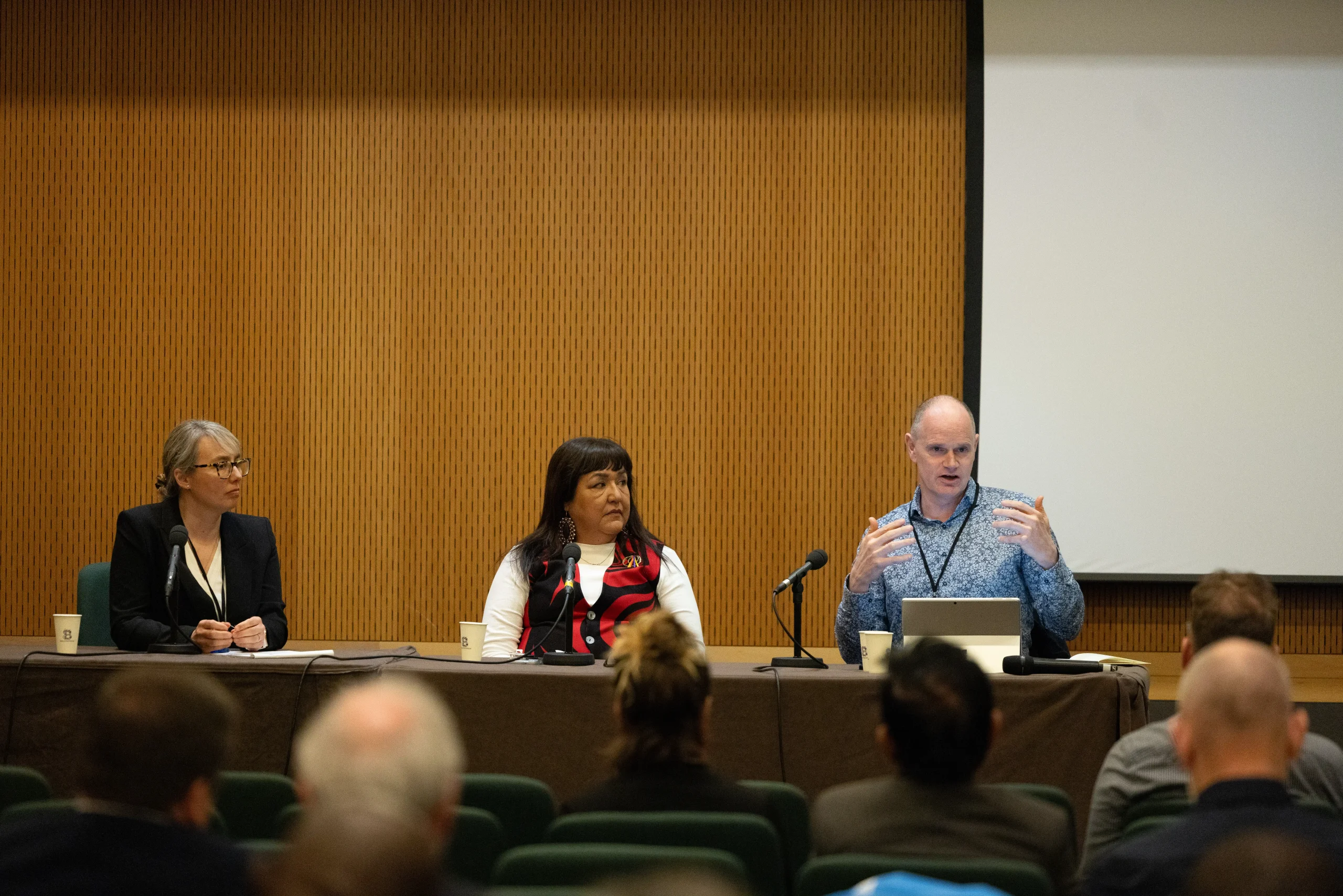
In a panel, the chair introduces each speaker and puts each talk in perspective. Each speaker gives a brief (5-minute) prepared presentation, usually presenting a different view or experience on the topic, followed by discussion between the speakers and then questions from the audience facilitated by the chair. [Open or By Invitation]
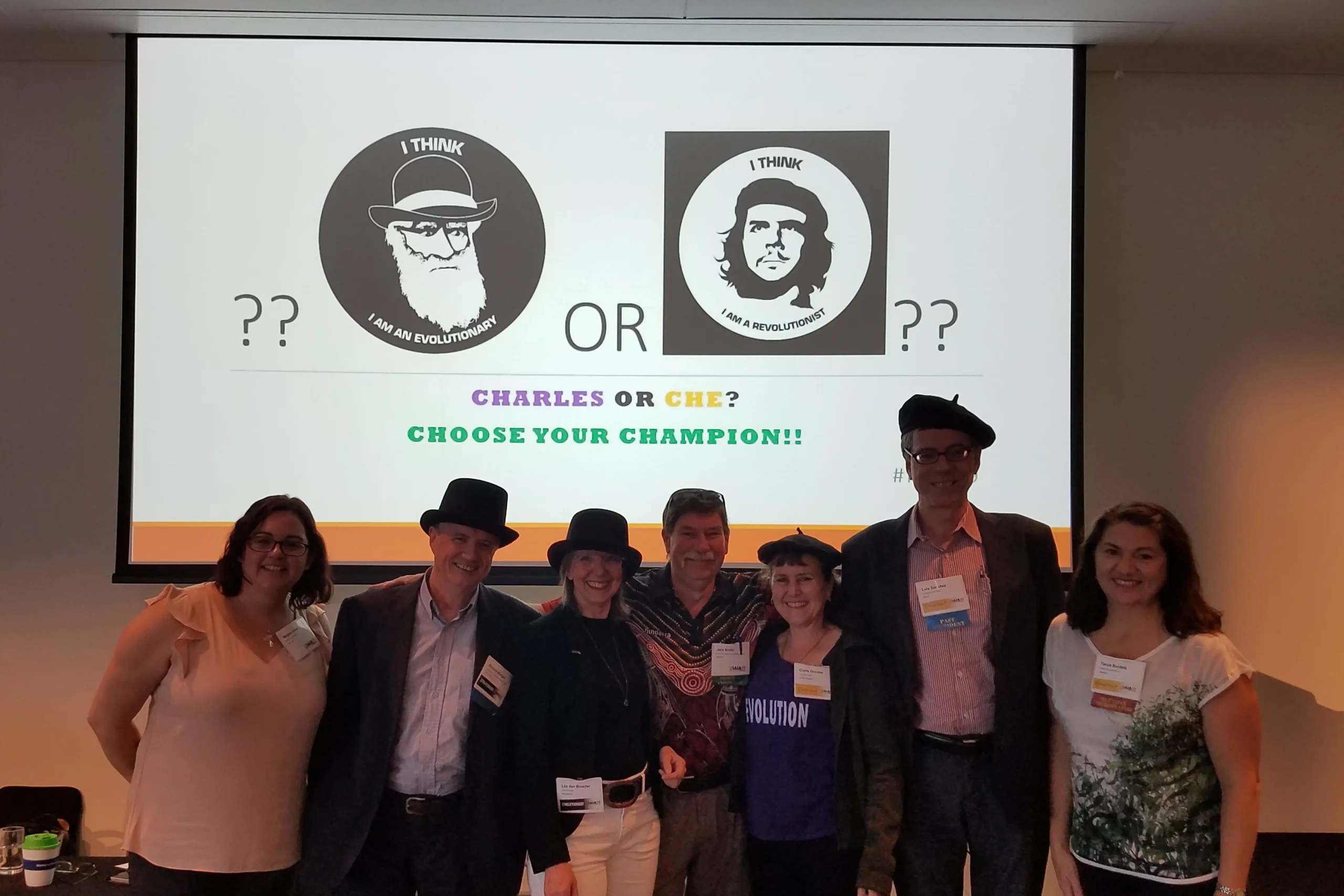
A debate takes place between two or more opponents who are experts in their fields as well as being engaging presenters. The debate topic is clearly defined in terms of a question, with one side presenting the affirmative case and the other the negative case. [By Invitation]

Plan and play a strategy game where attendees have to navigate real-life policies and goals affecting impact assessment professionals. This activity-based session format is highly interactive and encourages communication, networking, and team building. [Closed to Abstracts]
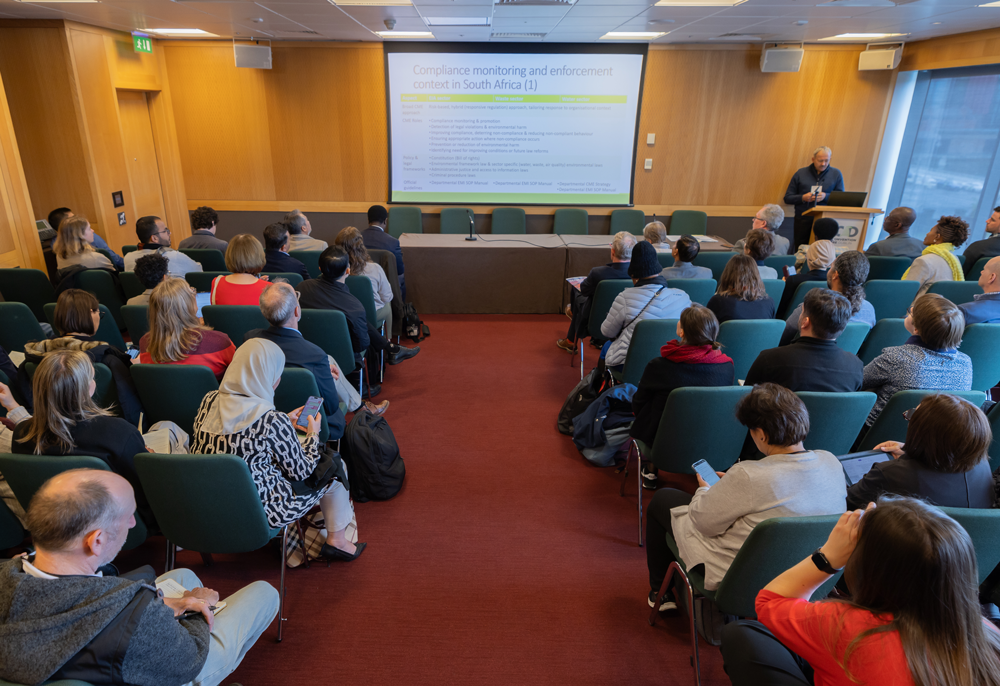
Similar to a paper session, but with a unique presentation methodology in which 20 slides are shown for 20 seconds each (6:40 in total per person). This format allows for concise and fast presentations and a lot of discussion time. [Open or By Invitation]
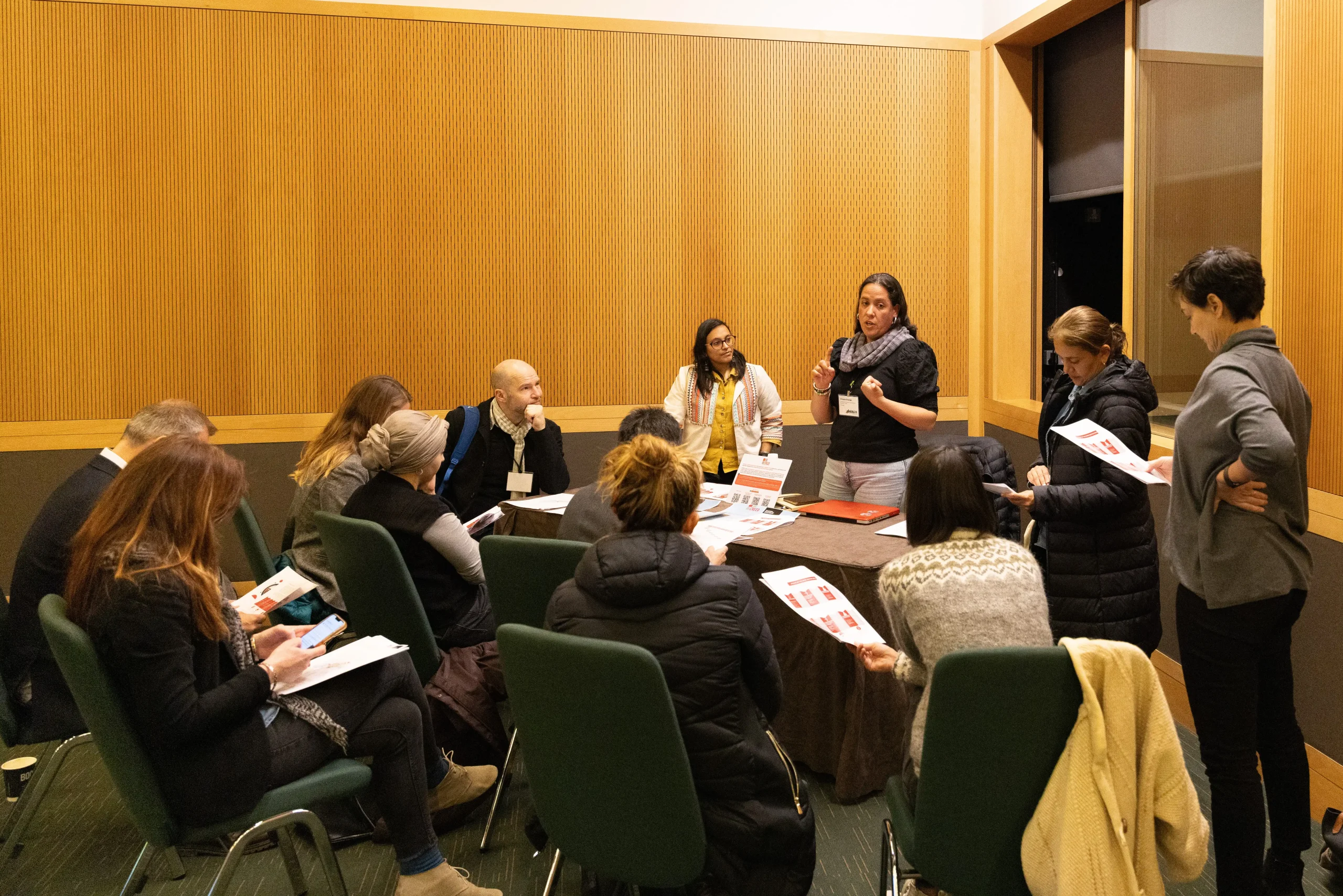
Designed to provide peer-supported advice on individuals’ most pressing problems, each speaker presents a challenge they are facing. Participants then divide into small groups of 8-10 individuals. Each speaker presents their problem to a small group and has it brainstormed by the group in 7-minute cycles. At the end of a cycle, the participants move on to the next table and the speaker talks to a different group. Groups share tables with paper or flips charts that they can write on to gather solutions to the problems. Also called a "Caravan" session. [Open or By Invitation]
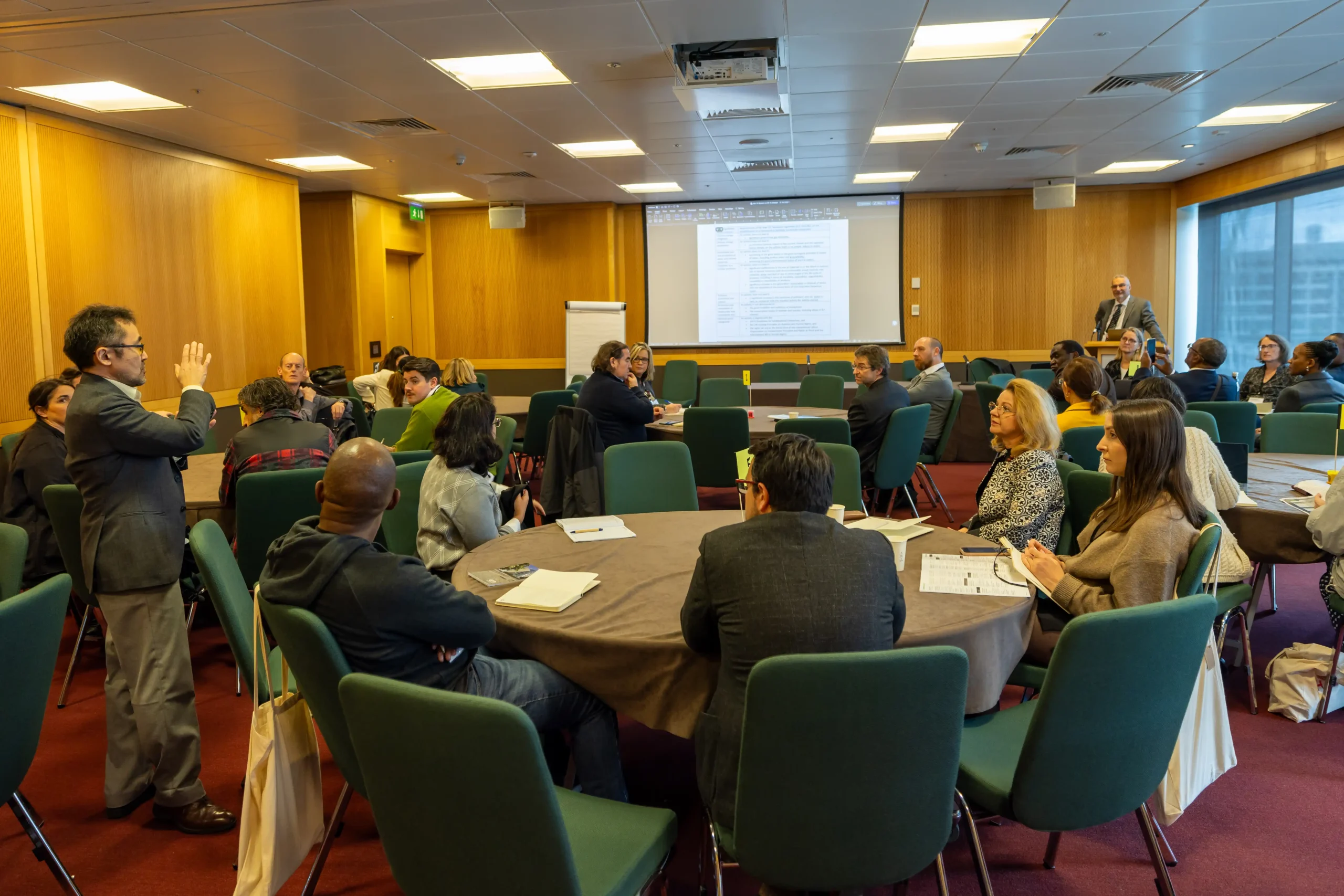
Seeks to resolve a defined problem on a specific topic. A workshop may or may not have formal presentations, but often includes a combination of 2-3 short paper presentations and active discussion. [Open, By Invitation, or Closed to Abstracts]
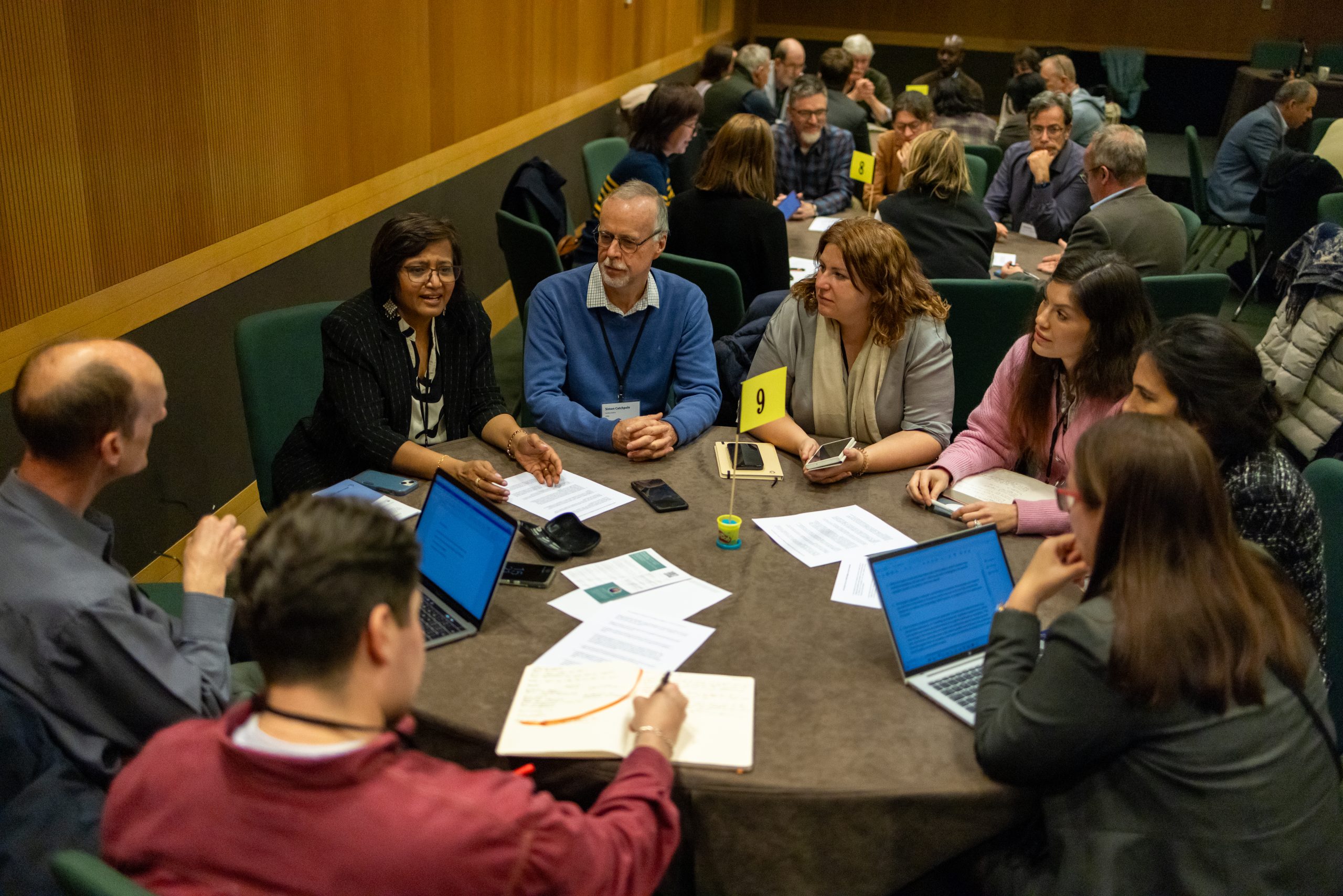
A simple, effective, and flexible format for hosting large group dialogue. The process begins with the first of two or more rounds of discussion for groups of 8-10 seated around a table. Each round is prefaced with a question crafted for the specific context and desired purpose of the session. At the end of each 15-20-minute round, each member of the group moves to a different table. They may or may not choose to leave one person as the “table host” for the next round, who welcomes the next group and briefly fills them in on what happened in the previous round. Once all rounds have been completed, key points from each table are presented to the whole group for a final collective discussion. [Closed to Abstracts]
You have chosen (1) the session format, (2) whether the session will be proposed as a theme forum, and (3) the abstract submission structure. Now you are ready to submit your session proposal.
Make sure you have each piece of required information below, and then click the button to review the formal guidelines/policies and get started!